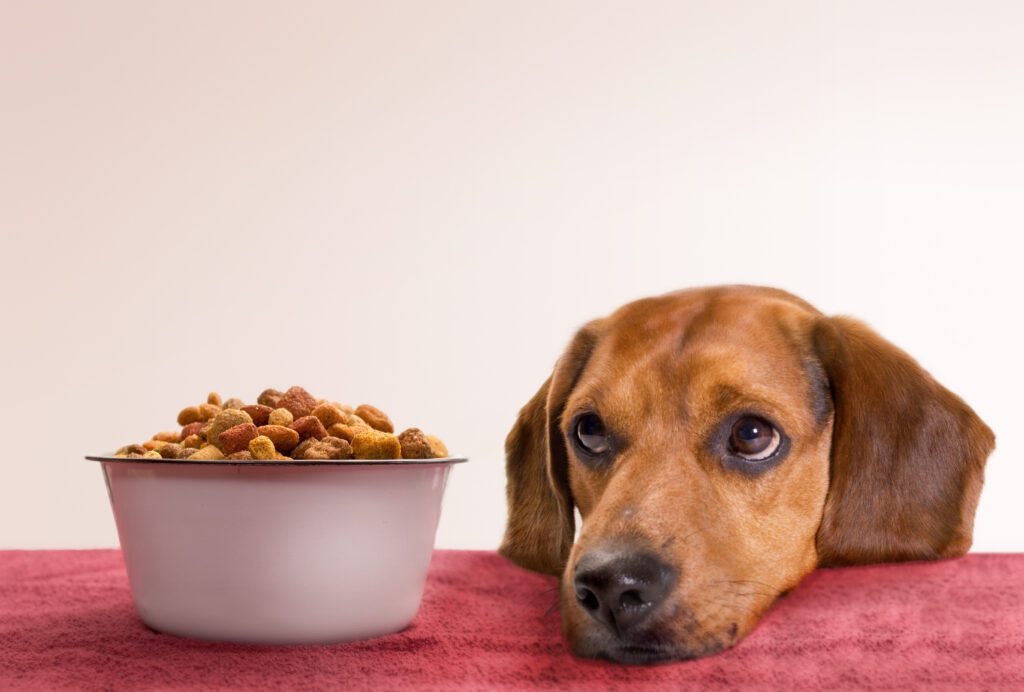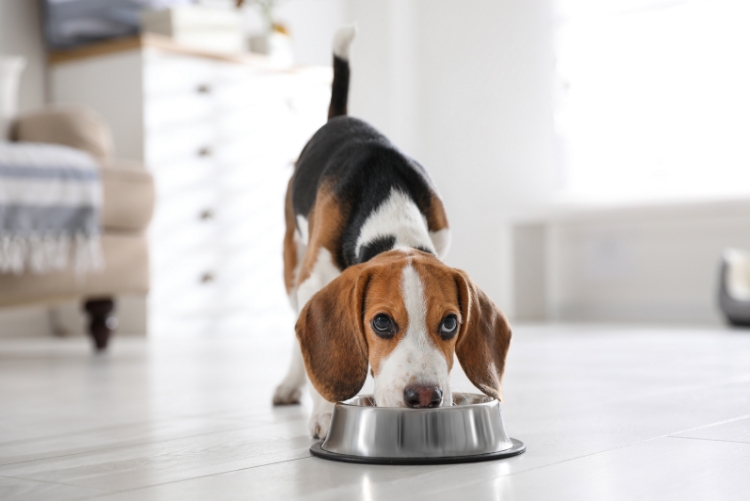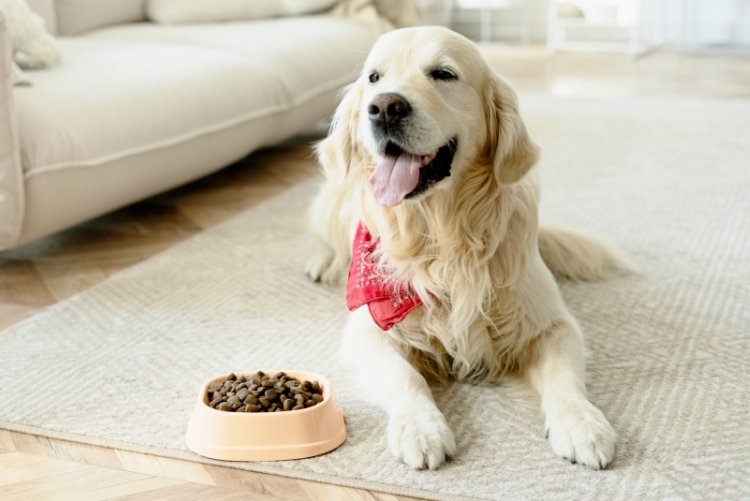
Recalls are expensive, time-consuming and can seriously hurt your brand. The best way to avoid recalls in pet food processing is through preventative measures. Understanding the common ways that recalls occur and putting systematic, preventative measures in place can help you avoid recalls, and deal with them if they occur.
How to Avoid Recalls in Pet Food Processing
Adequate Cooking, Regular Testing
It may seem obvious, but proper cooking is one of the best ways to avoid recalls in pet food processing. This may seem pretty straight-forward at first, but properly cooking pet food can present some difficult challenges. In particular, Salmonella, Listeria, and E.Coli bacteria, the most common causes of contamination and food recalls, can find protected pockets in foods with high fat and oil content. This is why adequate cooking, as well as uniform mixing are essential. It’s also important to regularly test and assess the product after cooking, and ensure that pockets of fat or oil are not harboring bacterial colonies.
Meeting Pet Food Processing’s Demands for the New Age
Download The Guide
Batch Separation and Cleaning
Contamination can spread quickly without proper separation and cleaning. A lack of batch separation and cleaning resulted in one of the most famous cases of a food recall. Hudson Foods processed a batch of contaminated meat which later spread to multiple batches.
If the facility had clear procedures for separating batches and sanitizing equipment between each batch, the contaminated meat would’ve affected a limited number of products. However, the leftover ingredients from one batch were incorporated into the next, so the contamination spread. Ultimately, 25 million pounds of ground beef were recalled, the second-largest recall in American history. This example shows how important it is to have clear procedures for cleaning processing equipment between batches, as well as clear procedures to avoid mixing ingredients from one batch to the next.
Automated Routing
Bacteria is one way that a recall can occur, but sometimes the wrong ingredients can also cause recalls. If ingredients aren’t properly routed to the correct bin when they’re received, the final product won’t contain the right ingredients. This is especially important for recipes that add vitamins and minerals into the mix.
In some cases, a worker might push a button or a lever to route materials to the right bin. An automated routing system, especially one that’s connected to your track and trace system, can help to eliminate errors at the routing stage, ensure ingredients go to the right place, and help to reduce recalls in pet food processing.
Microingredient Systems
Microingedients are only a small part of the overall product, but they’re an important part. If these ingredients aren’t added in the right amount, it can seriously disrupt the mix. If the pet food formula doesn’t include the right amount of vitamins, minerals, enzymes, palatants and other microingredients, it can be unhealthy or simply unappealing to pets.
An automated microingredient system can measure and meter microingredients with a high level of accuracy. Not only does this remove time-consuming processes like hand-adding ingredients, but it also reduces the chances for error. Track and trace also becomes easier with this system. In general, this can help you avoid recalls in pet food processing.
Separating Chemicals
Working with any kind of food means combating pests. This often requires pest control, including insecticides, traps, or poison. It might seem obvious, but it is essential to keep these substances safely separated from ingredients and processing equipment. When dealing with a pest problem, it’s easy for potentially dangerous chemicals to get too close to food and equipment. Make sure that the procedures for storing and using these substances are clear, and that all employees are aware of these procedures.
Maintaining Equipment
One source of recalls in pet food processing, as well as food for human consumption, is metal fragments. This can be especially dangerous. If ingested, metal fragments can seriously damage internal organs. In some cases, metal fragments get picked up during grain harvesting, and these fragments then make their way into pet food. In other cases, metal fragments may make their way into pet food from damaged machines. If pet food processing equipment isn’t maintained properly, or if it isn’t manufactured properly, metal fragments can chip off over time.
Regularly inspecting, cleaning, and maintaining equipment is an obvious, but often overlooked way to avoid recalls in pet food processing. Keeping a regular mixer maintenance schedule, for example, can help extend the life of your mixer and also keep metal fragments out of your pet food products.
Track and Trace
Track and trace systems are not only required by FSMA, but they’re also critical to controlling contamination. Though a reliable, effective track and trace system won’t actually help avoid recalls in pet food processing, they will substantially reduce the costs if a recall occurs.
Make sure your track and trace system is integrated with your processing system, and provides complete visibility across the processing line. It’s also helpful to conduct practice recalls, so you know you can rely on your system if you need to.
While there’s no way to completely avoid recalls in pet food processing, preventative actions and high-quality systems can help. If you’re interested in upgrading your system or replacing equipment that might pose hazards, contact us today.







